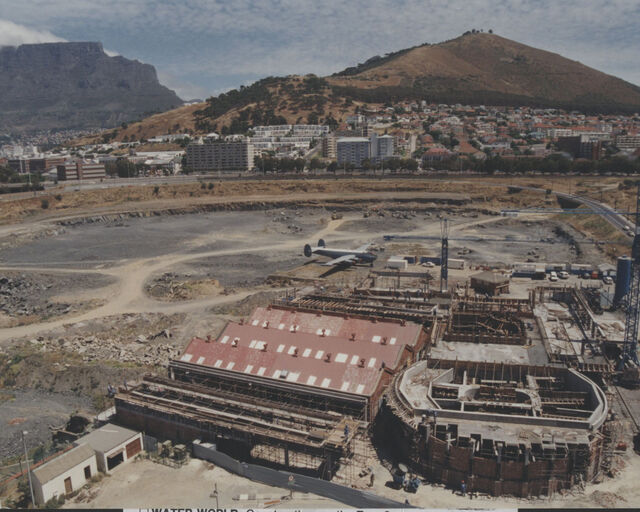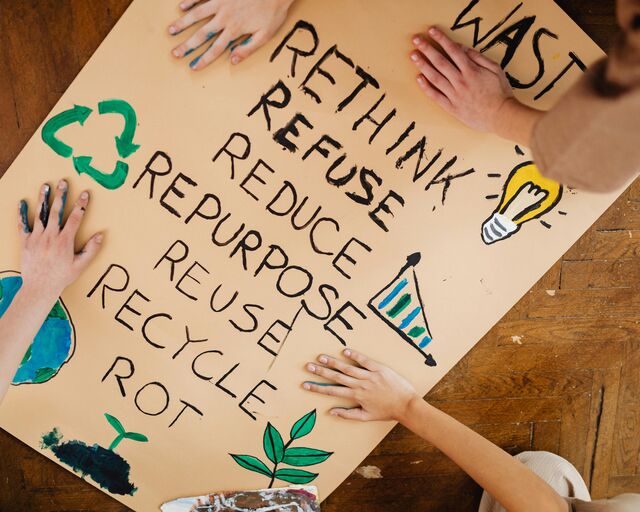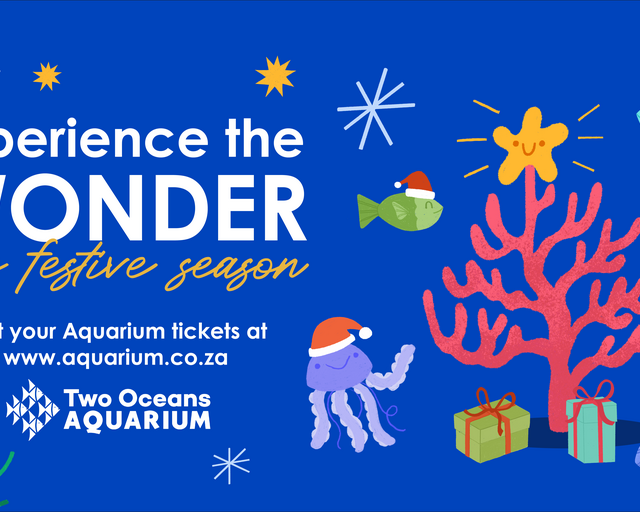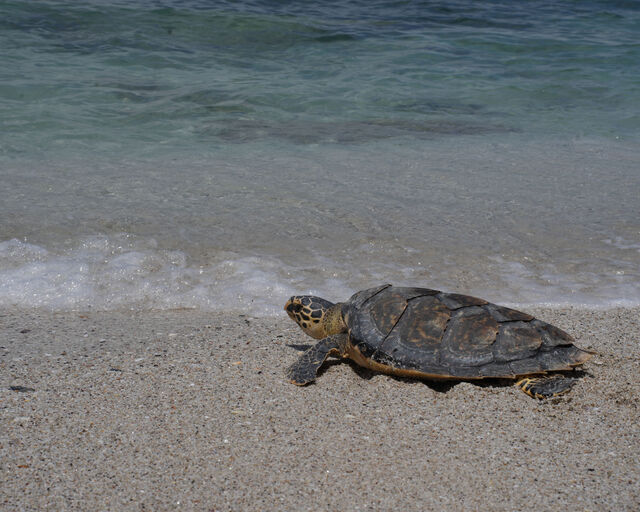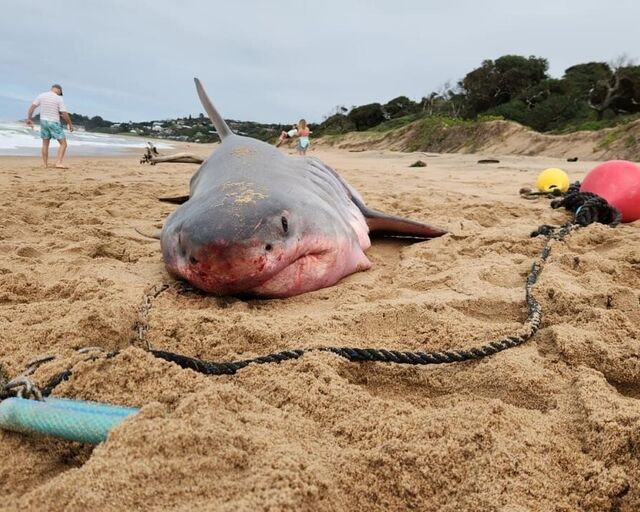Vibrant Visitors: Our Marine Wildlife Management team rescued a super cute African wood owl!
The V&A Waterfront is full of fascinating species, beyond the “typical” seals, otters, and sunfish… The African wood owl is a not-so-frequent visitor to the V&A Waterfront, but if you’re lucky, you may spot one on your next visit.
According to the IUCN Red List, the African wood owl occupies an extensive range across central and southern Africa. Completely dependent on forests and woodlands, these elusive owls are often the victims of deforestation. However, their populations are stable, and they are not a threatened species.
Recently, our Marine Wildlife Management Programme team encountered an African wood owl in need of help! This little owl was reported by a concerned passerby – it was seen sitting on the side of the road near the Two Oceans Aquarium, as though stunned. Brett Glasby, Marine Wildlife Management Programme Coordinator, rescued the owl from the roadside and brought it to the safety of our clinic.
One of our veterinary staff conducted some examinations, including a full body check and x-rays, and gave the owl some intravenous fluids. We discovered that the wood owl had sustained a mild concussion and a broken leg…
These owls hunt from low perches, locating their prey with their keen hearing and eyesight. They feed mostly on insects, small birds, rodents, and frogs. The little wood owl that our Marine Wildlife Management team rescued was likely hunting on or near the road when it was hit by a passing car.
“Cars are one of the biggest dangers for wild animals in an urban environment,” says Brett. Owls are deeply affected by cars because their natural behaviour is to freeze when a predator or potential danger approaches. This survival mechanism works when the owl is safely perched in a tree but is particularly hazardous at night when drivers are less likely to see them on the road.
Thankfully, this little wood owl is on the road to recovery! After our veterinary staff stabilised it with oxygen and some extra warmth, the Cape Exotic Animal Hospital fetched it from our care. Their team successfully placed a pin in the broken bone, which will hold it in place for four to six weeks and allow the bone to heal. The owl will be released once it has fully healed!
Despite the sad circumstances of this wood owl encounter, it serves as a poignant reminder to those who frequent the V&A Waterfront: We live alongside some incredible wildlife, and it is important to be mindful of how our behaviour affects them. Thanks to the efforts of our Marine Wildlife Management team and the Cape Exotic Animal Hospital, this little wood owl will have a happier ending than other birds who have had similar accidents.
Related News
Sign up to our Newsletter
Receive monthly news, online courses and conservation programmes.
